News
Sphinxes of queen Hatshepsut
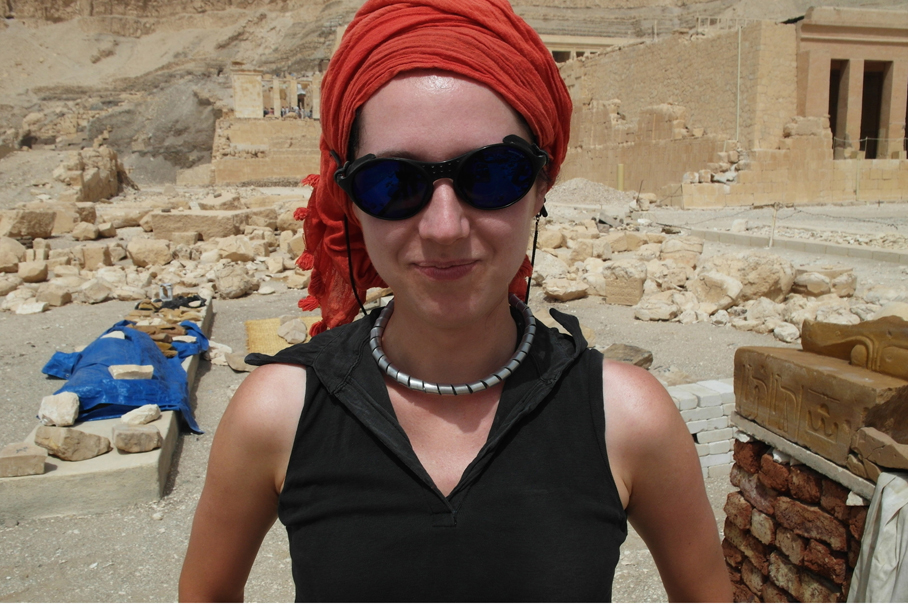 The project was launched in 2008 after the rediscovery of the pieces of sandstone sphinxes of queen Hatshepsut coming mainly from H.E. Winlock's excavations at Deir el-Bahari. Their location remained unknown until 2005 when they were found in the vestibule of TT37 which had been used as a storeroom for many objects from the Theban Necropolis.
The project was launched in 2008 after the rediscovery of the pieces of sandstone sphinxes of queen Hatshepsut coming mainly from H.E. Winlock's excavations at Deir el-Bahari. Their location remained unknown until 2005 when they were found in the vestibule of TT37 which had been used as a storeroom for many objects from the Theban Necropolis.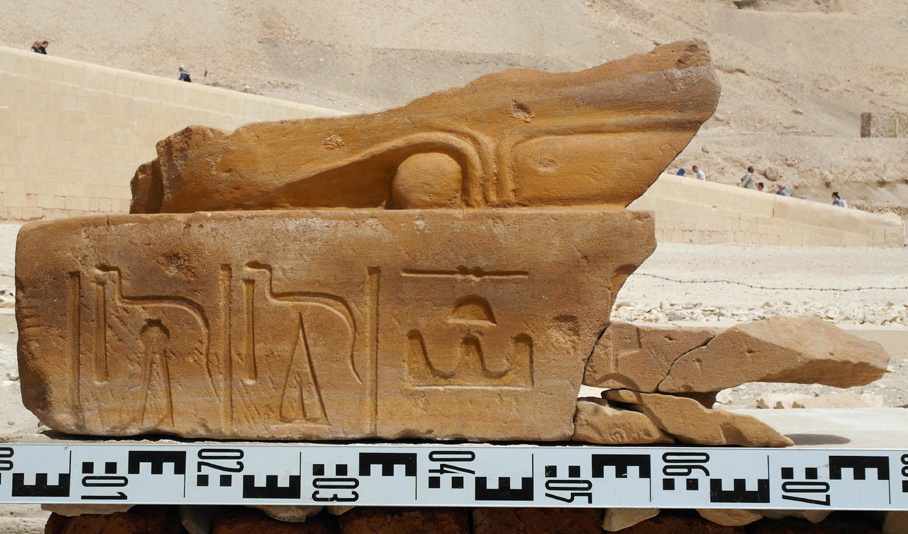 The aim of the project is to both study and reconstruct the sphinxes of queen Hatshepsut. It must be stated that none of the statues are complete but some have at least been partially assembled. The discovered material is very fragmentary and its state of preservation differs from piece to piece. The fieldwork will be followed by a publication within the Deir el-Bahari Studies series.
The aim of the project is to both study and reconstruct the sphinxes of queen Hatshepsut. It must be stated that none of the statues are complete but some have at least been partially assembled. The discovered material is very fragmentary and its state of preservation differs from piece to piece. The fieldwork will be followed by a publication within the Deir el-Bahari Studies series.
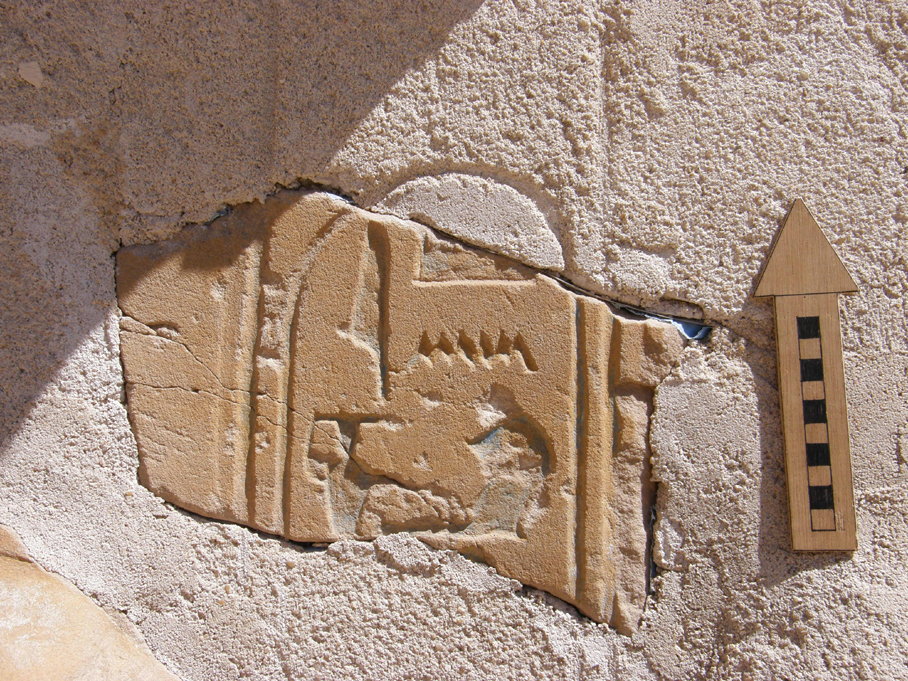 During the first stage of the project the material was counted, selected and the inventorization process started. Paralelly the material was studied as well as cleaned and consolidation treatments were also undertaken on the stone. Currently there are 4500 sandstone, decorated pieces which are the subject of work of the egyptologists and conservators. At the subsequent stage the interests were expanded and now in addition to the sandstone statues, also the granite fragments kept at Deir el-Bahari and sphinxes of Hatshepsut from Cairo and other museums are being the subject of research.
During the first stage of the project the material was counted, selected and the inventorization process started. Paralelly the material was studied as well as cleaned and consolidation treatments were also undertaken on the stone. Currently there are 4500 sandstone, decorated pieces which are the subject of work of the egyptologists and conservators. At the subsequent stage the interests were expanded and now in addition to the sandstone statues, also the granite fragments kept at Deir el-Bahari and sphinxes of Hatshepsut from Cairo and other museums are being the subject of research.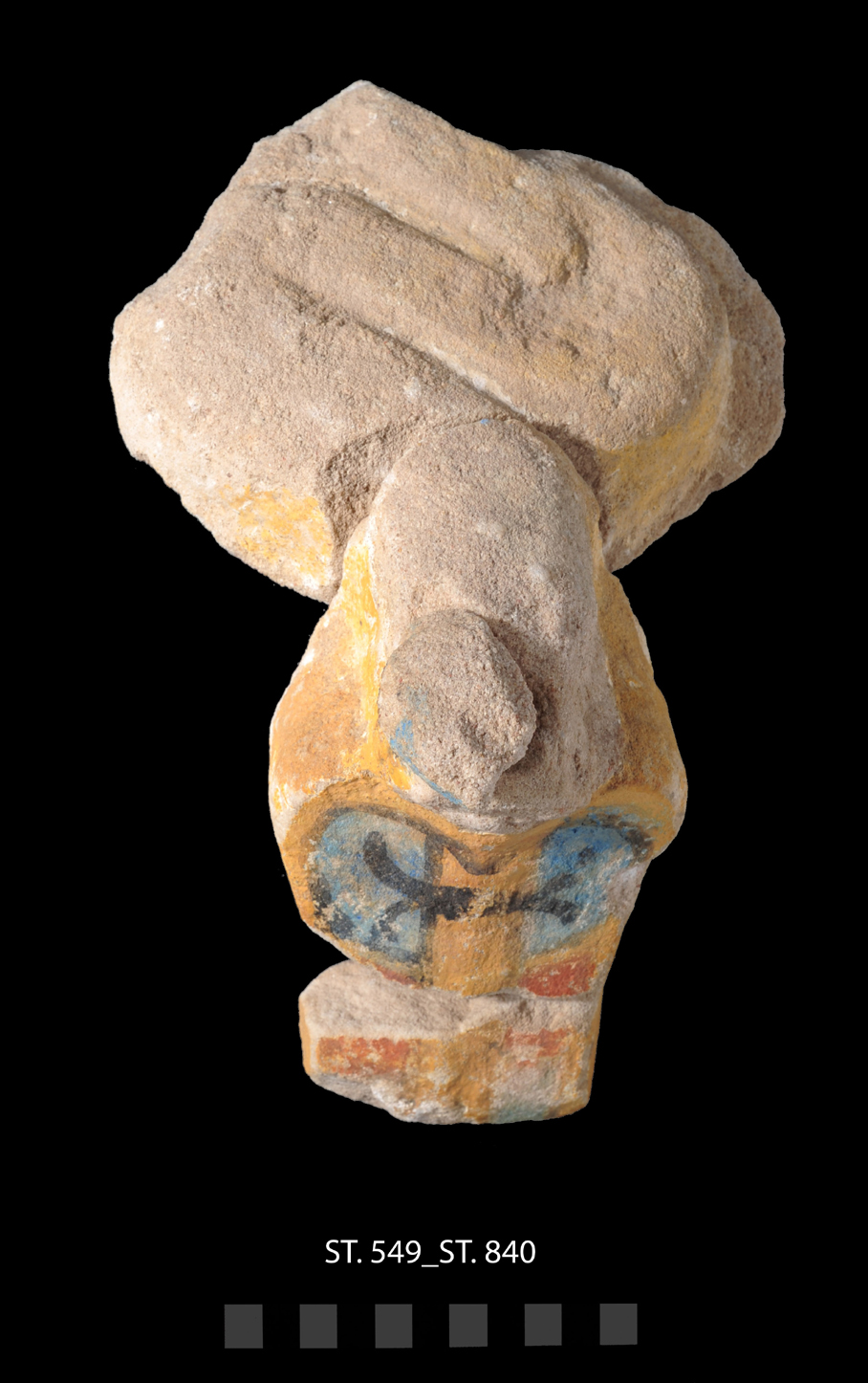 The egyptological studies tend to recraete the original disposition of the different types of sphinxes and clarify their role and significance within the complex decorative plan of the Temple of Hatshepsut at Deir el-Bahari. Secondly, there is an attempt to reconstruct the original layout of the Causeway which led from the Bark Station up to the Upper Temple and where the 70 sphinxes ca. once stood.
The egyptological studies tend to recraete the original disposition of the different types of sphinxes and clarify their role and significance within the complex decorative plan of the Temple of Hatshepsut at Deir el-Bahari. Secondly, there is an attempt to reconstruct the original layout of the Causeway which led from the Bark Station up to the Upper Temple and where the 70 sphinxes ca. once stood.
Several related micro case studies were also undertaken and hopefully they will yield new data concerning representations and texts on the sphinxes' bases and chests, details of execution and completion of Hatshepsut's “portraits” as well as tools, pigments, binders and mortars used by the ancient craftsmen.
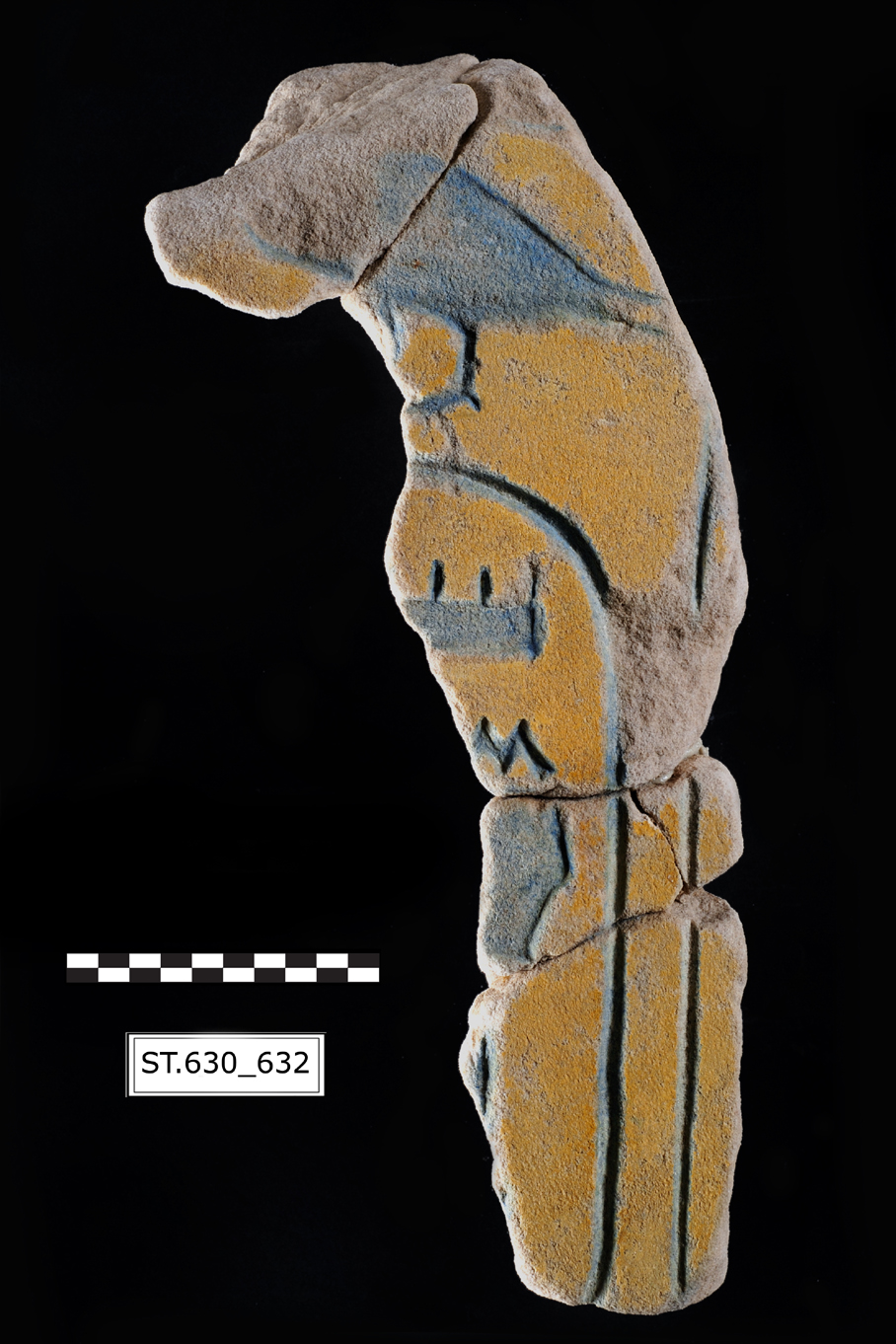
Bibliography:
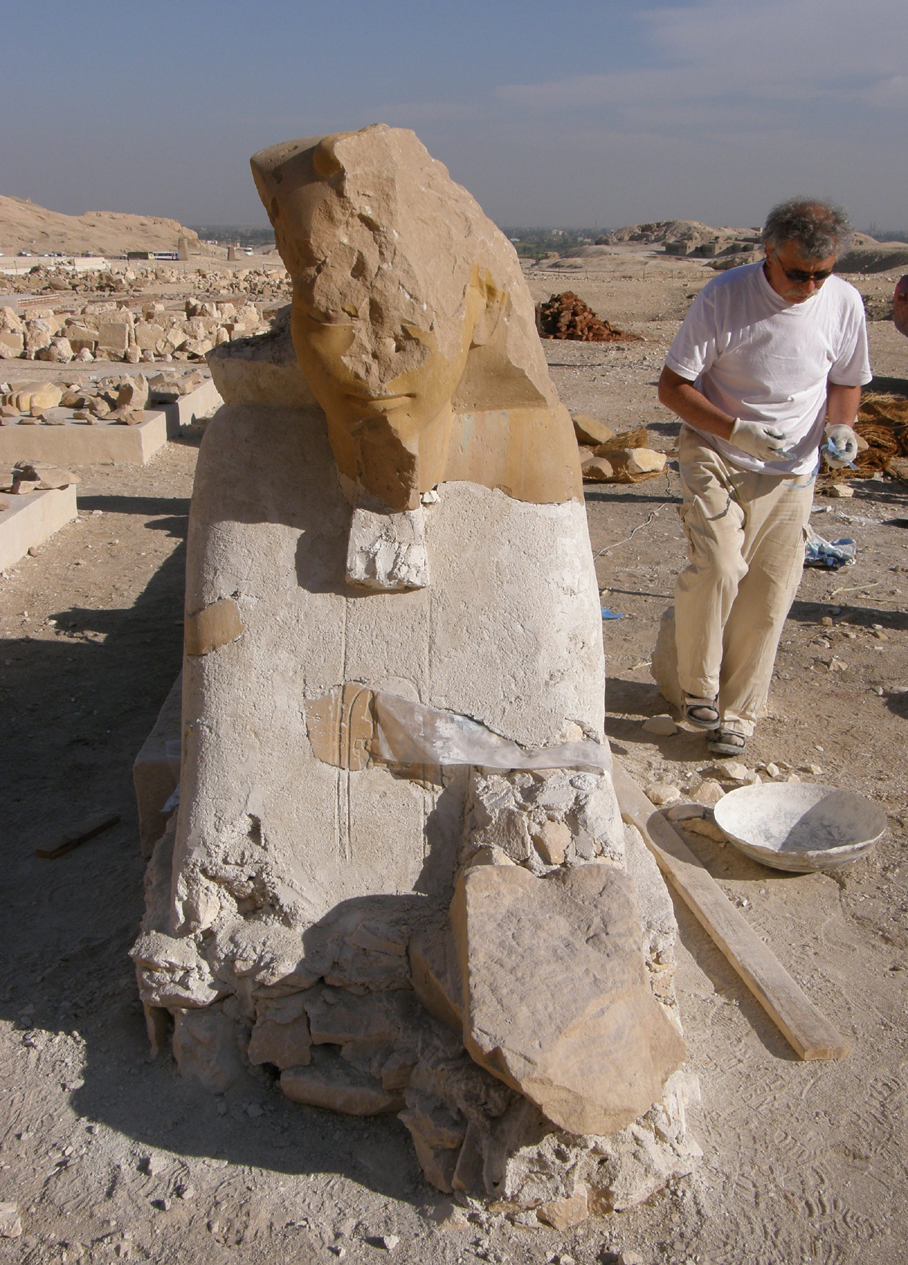
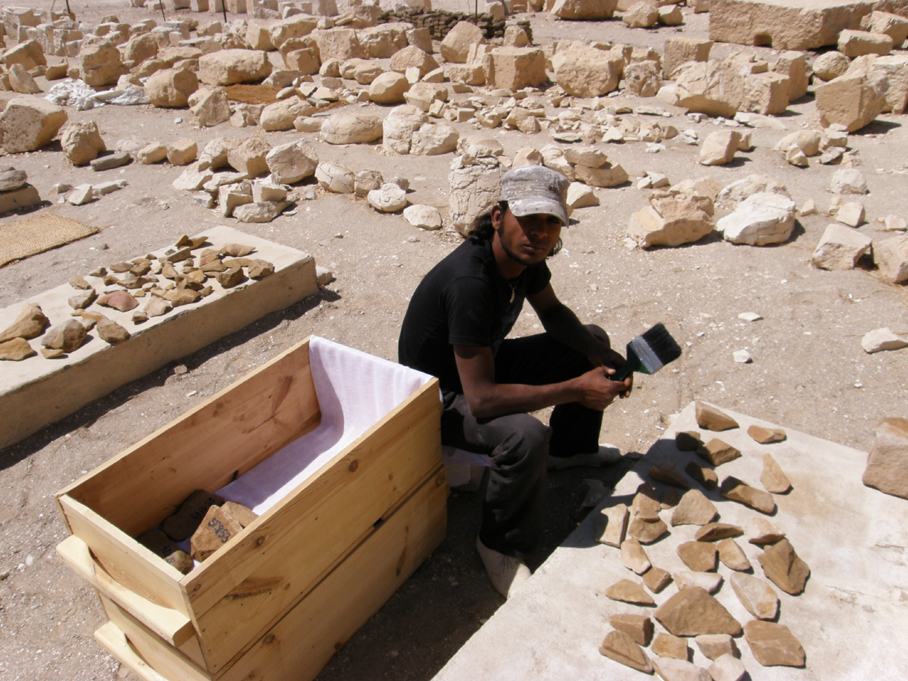
Project supervisor: Agata Smilgin
Project participants: Andrzej Sośnierz (conservator), Michał Wasilewski (geologist, geoarchaeologist)
Other participants (2008-2014): Maciej Jawornicki (photographer), Aleksandra Kamińska (photographer), Wojciech Wojciechowski (photographer), Alieksiei Shukanau (egyptologist), Andrzej Ćwiek (egyptologist), Arkadiusz Ostasz (conservator), Waldemar Grabowiecki (conservator)
Contact: essinia@wp.pl
Egyptological projects I Archaeological projects I Conservation and architectural projects I Field reports I History of research



